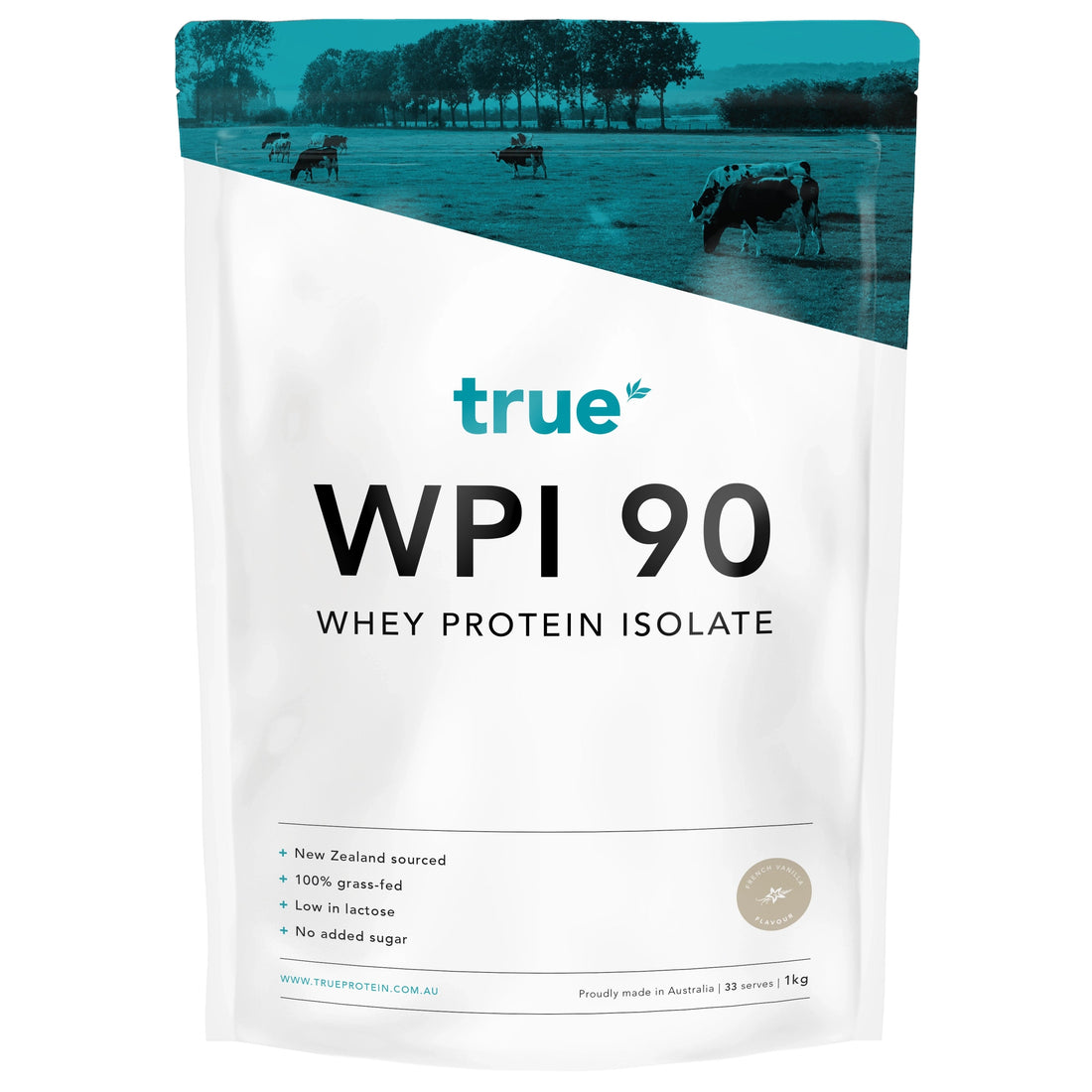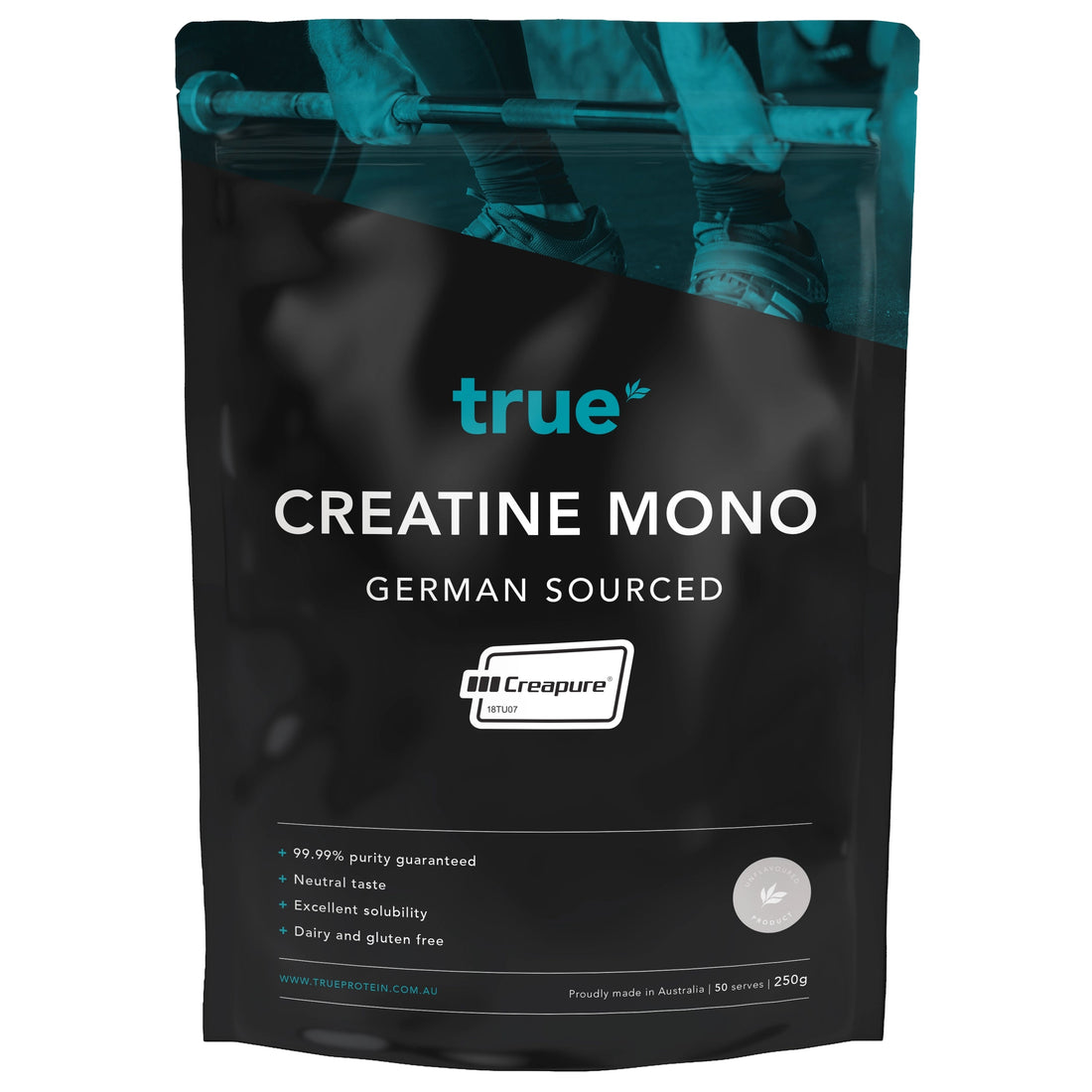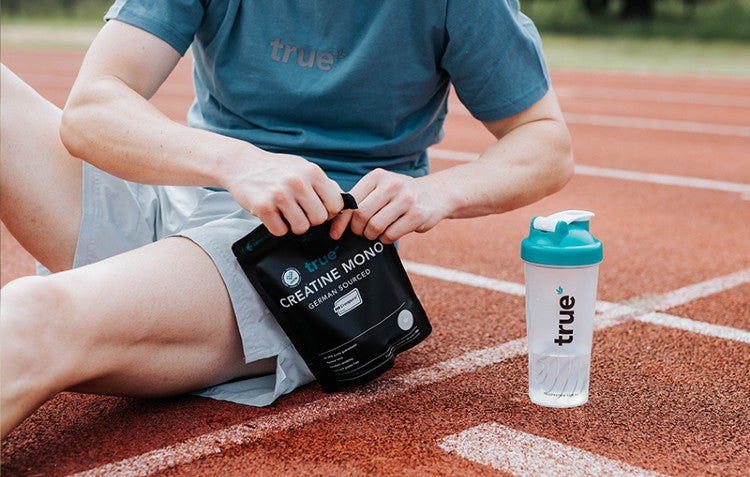Injury happens to the best of us – but it’s important not to let it ruin everything you’ve worked for. Keeping mindful of the correct recovery and nutrition plans can make all the difference to the time it takes to recover, as well as your headspace during the whole ordeal. These tips and tricks from Fortitude Nutrition Coach Josh Smith will have you back in the game and doing what you love sooner rather than later.
The 10 Point Plan for Recovering from Injury
1. Listen to your medical and rehab practitioners. Injuries will vary and may warrant individualised treatment.
2. Ask your practitioner if and how you can continue to train. Even if one body part can’t be moved, try to train uninjured body parts. As soon as movement of the injured area is allowed, follow your rehab program. Don’t get lazy or skip sessions!
3. Avoid nutritional deficiencies by maintaining a varied, wholefood diet with plenty of plants. This will be effortless if you already have good habits in place. Five servings of veggies and two pieces of fruit per day is a great start.
4. Aim to maintain your body weight. You might burn less energy if training less, however you could also burn more energy at rest due to the recovery process. Changes in your food and drink intake will be individual but start with consistency and react to average weight changes.
5. If reducing energy intake, begin with cutting out processed, simple carbohydrates, unhealthy fats and sugars (junk food, sugary drinks and alcohol).
6. Continue eating at least the same amount of protein, even if you reduce the amount of total energy you are consuming. Consider increasing protein up to 2-2.5 grams per kilogram of your body weight, per day. Yes...that’s a lot.
7. Eat a variety of wholefood sources of carbs and fats. Vitamins, minerals, fibre and fatty acids are important - think potatoes, whole grains, legumes, avocado, nuts/seeds, olives, olive oil and oily fish.
8. Continue your intake of Omega-3 fatty acids through your usual method. It might be oily fish like salmon or fish oils, vegan sources like flaxseeds or algae.
9. Continue making sleep hours a priority (at least seven hours a night).
10. Continue taking a daily 5mg dose of creatine or consider adding it to your regime.
(*The word “continue” is used frequently in the 10 Point Plan for Recovering from Injury. This is an intentional prompt for anyone who does not currently consider these habits.)
Wound healing
Wound healing has 3 stages:
Inflammation
• It begins the recovery process, occurs pretty much straight away and lasts from a few hours to several days.
• It is a normal and necessary part of the process. For most healthy individuals, excessive or prolonged inflammation is unlikely to be a concern - elimination or reduction of inflammation may not be optimal for recovery. (1)(2)
Proliferation
• Scar tissue forms and acts as a ‘glue’.
Remodelling
• Scar tissue breaks down and the injured area is re-formed.
• The way the injured area is remodelled will largely depend on movement, so do your rehab exercises! (1)(2)
The 3 stages of wound healing all require significant energy and may actually increase your energy expenditure at rest by 15-50%. So whilst you might move less, these stages might actually mean the reduction in your total “calories burned” is less than you expected. (1)(2)
Immobilisation
• Most injuries will result in immobilisation during the wound healing stage, i.e. not being able to move the joint, being in a cast etc.
• Muscle and strength losses are a reality of immobilisation and the aim of the game is to try and reduce this as much as possible through any movement possible and nutrition.
• The immobilised area will likely be less sensitive to muscle protein synthesis (MPS). MPS helps us maintain and grow muscle, and we want more MPS than muscle breakdown to result in a positive protein balance. This is much harder when unable to move an area of the body. In normal conditions, we stimulate MPS with about 20-25 grams of protein per meal. However, when immobilised, this is not enough, and we should increase protein per meal above 25 grams. (2)(3)(4)(5)
• If you’re unsure how much protein is in your meals, use this downtime to learn more about interpreting labels, understanding macronutrients and how that information translates into your nutrition.
Recovery
The cast has come off and it’s time to get moving! We are aiming to build back the strength and muscle mass of the injured.
Recovery is likely to take significantly longer than wound healing, particularly in cases involving immobilisation. Be patient, do your rehab, build the strength and muscle back within the guidelines you are provided by your rehab practitioner. (2)(6)
Training
• When the all-clear is given to re-commence movement, actually do what is prescribed. Don’t get lazy with your rehab!
• If possible, safe and medically approved, train everything that’s not injured. This can stimulate MPS (remember, we want to do this as much as possible).
• Use the injury as an opportunity to work on weaknesses. If you know your upper body isn’t strong and you injure a knee, this time is an opportunity. Look for the positives and use the time wisely.
• Ask your rehab practitioner about the “cross-over effect” of training the uninjured/opposite limb in an attempt to maintain strength in the injured limb/area. This theory states that if you injure your right arm, training the left may potentially help maintain some strength in the injured arm. (1)(2)(7)
Nutrition
Let’s take a look at the role nutrition can play in your recovery process.
As explained in Nutrition for Acute Exercise-Induced Injuries, “Ultimately, a balanced diet with sufficient energy, ample carbohydrate, protein and micronutrient intakes is always the best approach.” (1)

Avoid Deficiencies
The number one consideration is not letting injury derail your nutrition. You might be down about getting injured, but wallowing in mountains of chocolate and pools of vodka will likely extend the length of your rehab and risk health complications. Continue with a base of protein and plants, consuming mostly wholefoods. If you maintain healthy habits which supported you pre-injury, deficiencies will be unlikely and supplementing vitamins and minerals is unlikely to provide any additional benefits. (1)(2) Continue eating at least the 5 Fists of Fortitude (5 serves of veg/salad) and Fortitude’s 300 (300 grams of fruit / 2 medium pieces) per day. Protein powders are another convenient way to make sure you are consuming enough protein.
Maintain Energy Balance
- Now is not the time to try and improve body composition.
- Depending on your level of activity before the injury and during recovery, you might need to reduce your energy intake. This reduction might be less than you expect, as you might burn up to 50% more energy at rest during wound healing.
- If using crutches, at least initially, you might burn 2-3x more energy than walking.
- Both reduced energy intake and excessive energy intake can reduce MPS! (we don’t want that).
- It is nearly impossible to predict how much you should reduce your food and drink intake. You need energy for recovery and to train in any way you can, however you also don’t want to increase body fat too much.
- Keep things as consistent as possible - the easiest aim is to keep your average weight stable. If you notice your average weight increasing, reduce your intake, starting with refined carbs and fats. If you are playing things smart, your alcohol consumption should be close to zero. (1)(2)(9)(10)
Protein
- At the very least, maintain your current level of protein intake. Reductions in usual protein intake can lead to muscle loss.
- If tracking your intake (counting calories/macros), don’t look at protein intake as a percentage. If it’s a percentage and you drop your energy intake, your overall protein intake will reduce.
- Calculate grams of protein per kilogram of your body weight which you are trying to maintain. Usually, it may be 1.2 - 2.2 grams per KG of bodyweight per day. However, during injury recovery, up to 2 - 2.5 grams of KG of body weight per day may be helpful.
- As the body can’t store protein, it is beneficial to spread your intake out across the day over four to six meals in a pattern which you can consistently maintain.
- Protein intake per meal of 20-25 grams when healthy is likely to stimulate MPS, however more is needed during recovery.
- Consuming above these recommended protein levels may not further assist recovery and may ‘eat in’ to your carbs and fats Calorie ‘budget’ and increase risk of nutritional deficiency. (2)(3)(4)(5)
Supplements
- While creatine hasn’t demonstrated consistent benefits in minimising muscle loss during immobilisation, it is often helpful for recovery - increasing muscle mass and strength.
- As mentioned previously, supplementing a varied whole food diet with additional vitamins and minerals is unlikely to be beneficial.
- If you have an identified nutritional deficiency, supplementation is probably already encouraged by your medical practitioner – in which case, continue with your plan.
- Unless you work out that your protein intake is well below the recommendations, additional amino acids or leucine may not be useful however evidence at this stage is mixed and evolving. (1)(2)(6)
Alcohol
Alcohol can impair MPS and is almost certainly a major contributor to accelerated muscle loss during injury. Alcohol is full of “empty calories” and could slow down recovery whilst leading to increasing your body fat. Alcohol has also been found to impact sleep quality (even 1-2 standard drinks). Excessive alcohol intake during immobility should be avoided and in reality, alcohol intake should be minimal during recovery from injury if an “as fast as possible” recovery is desired. (1)(2)(9)(10)
This article is not medical advice and should not be taken as such. This is basic, generalised information which you might speak to your medical professional about when recovering from injury.
References
- https://www.karger.com/Article/FullText/322703
- https://www.ncbi.nlm.nih.gov/pmc/articles/PMC4672013/
- https://www.ncbi.nlm.nih.gov/pmc/articles/PMC2655417/
- https://academic.oup.com/jn/article/135/7/1809S/4663922
- https://journals.physiology.org/doi/full/10.1152/japplphysiol.00452.2009?url_ver=Z39.88-2003&rfr_id=ori%3Arid%3Acrossref.org&rfr_dat=cr_pub%3Dpubmed
- https://www.ncbi.nlm.nih.gov/pmc/articles/PMC5507980/
- https://www.ncbi.nlm.nih.gov/pubmed/21924681
- https://physoc.onlinelibrary.wiley.com/doi/10.1113/JP278828
- https://journals.plos.org/plosone/article?id=10.1371/journal.pone.0088384
- https://onlinelibrary.wiley.com/doi/abs/10.1111/acer.12006





